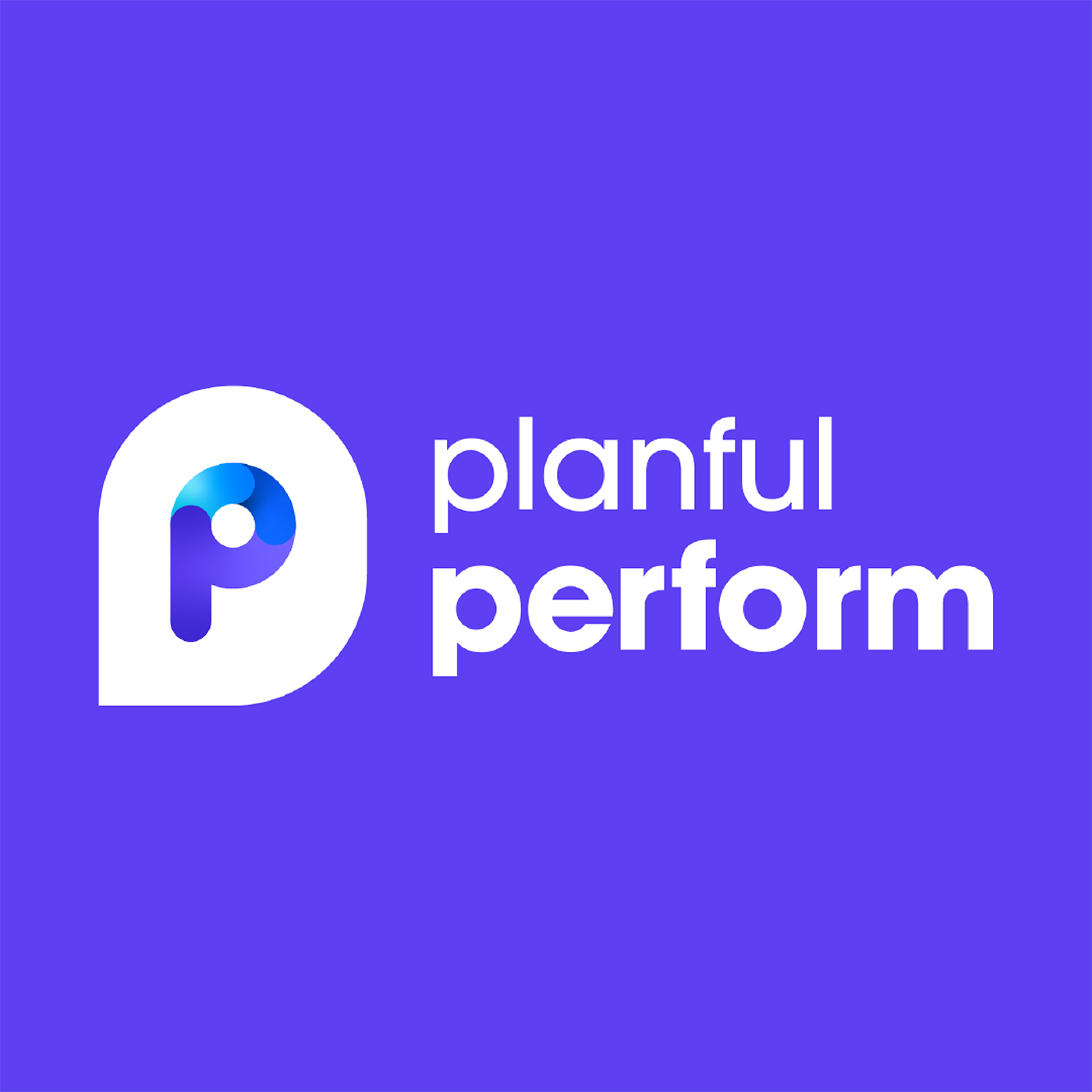How Steinway Orchestrates Business Rhythm Using Spotlight and Dynamic Planning with Ruzzi Jiang
- 0.5
- 1
- 1.25
- 1.5
- 1.75
- 2
Ruzzi Jiang: Thank you, Trish, and welcome everyone to today's presentation. I'm Ruzzi John, Director of Planning and Special Projects at Steinway Musical Instruments, and today we'll talk about how Steinway orchestrates business rhythm using Spotlight and Dynamic Planning. So here's a little bit about me. I'm Ruzzi, Director of Planning and Special Projects at Steinway. I've been with the company for a little bit over three years, primarily responsible for business planning, budgeting, forecasting, as well as strategic and operational projects. So here's what we will go over today. First, we'll go over Steinway Musical Instruments' business, and why we need Planful as a software to effectively run our fairly complicated business. And, two, we'll talk about producing meaningful business analytics timely so our resources will be spent more on solving business problems instead of putting reports together. Three, we'll talk about conducting insightful ground up forecasts with Dynamic Planning External Model. So here is a little bit about our business. Steinway Musical Instruments operates in two key segments, the piano segment and band segment. We have manufacturing facilities all over US, Europe, we have OEM partners in Asia, Asia Pacific, and we have dealer networks all over the world, and our own retail showrooms in Europe, Asia, and North America. In the piano segment, we sell the well- known piano, Steinway and Sons, which is the preferred piano by over 95% of concert pianists. We also sell other branded pianos, including Boston and Essex. We also recently introduced Spirio, which is a high definition, higher player piano as part of our Steinway and Son's piano line. In our band segment we make a whole slew of band instruments, from clarinets, trumpets, to string instruments. We also make the world famous Ludwig percussion instruments. Steinway has a very, very rich history going back over a century, but I'll give a little bit of an overview of our history on our piano side. In New York City, Steinway and Sons was founded in 1853 by Henry Steinway, and we see the first piano design pattern in 1857. Our history in our piano segment is hugely intertwined with the history of the cities of New York City in North America and Hamburg in Germany. For today's purpose, our focus will be a little more on the history of New York city. We established our history in Astoria, New York City in 1870, and since then we have been manufacturing new pianos from lumbers since then in New York City factory. In World War II we airdropped over 3000 victory pianos airdropped into the battlefield for US soldiers so they can entertain themselves on the battlefield. And we have been historically involved in the classical music and the jazz music, and over our music world. Lang Lang, a very famous Chinese pianist, won the Tchaikovsky competition for the young musicians in Sendai, Japan, on a Steinway piano in 1995. And today over 95... Again, over 95% of concert pianists choose to play a Steinway piano. In 2013, the company was acquired by Paulson and Company, and in 2015, we introduced the Spirio, the world's first high definition player piano. And since then we have been expanding dramatically all over the world, especially in Asia Pacific region, and we're continuing to expand and introduce new products and new designs to our customers. So, a little bit more about the company. I said before, we continue to innovate, we use modern technologies. People think about pianos as old technology but we continue to innovate and on it, and one of them is Spirio. And a little bit more about Spirio, it's hard imagining a player piano, it's been around for a while, but Spirio has a very, very nice user interface and you can think about it as, we have the capability of capturing the spirit of the pianist in Spirio. The technology in the piano is so advanced that different pianists playing the same tune will capture the emotion of the pianist, essentially the spirit of the pianist in the music that piano is producing. We also have the capability that's coming... We also already have the capability to record yourself. You can play a piece and you want to hear yourself, you can play it back on it. We also have the capability to live stream music, not to a speaker, but to a piano in your living room. And now we'll talk about our business complexities and why we need Planful to run our business. One, we are vertically integrated manufacturing. We have vertically integrated manufacturing facilities in our piano band business all across US and Europe. We have multiple OEM partners. We own our retail network in US, India, and Asia Pacific, and we also have extensive dealer wholesale network. We continue to expand. So that creates a whole slew of problems, and the biggest problems are multiple intercompany transactions, very complex cost accounting structures, time consuming financial consolidation process, and we need to do a very complicated ground up budgeting and forecasting process. And we also have to always produce meaningful analytical reports for management to solve business problems, and historically, before Planful, we have lacked centralized financial and operational statistics for us to timely produce reports. So, all of those problems, we need a very competent software to help us solve those problems and make our business operation more efficient, and allow our management team to spend more time on solving business problems rather than finding business problems or simply having our resources spent on putting the reports together. Reasons why we chose Planful. Financial consolidation gave us dramatic time- savings versus manual consolidation. And given we operate in so many countries, foreign exchange translations is huge plus for us, as well as intercompany eliminations for... We have companies supplying each other and we have companies only to the wholesale dealer network of the company. We have direct retail network and all the companies, we have two main factories of pianos that supply other divisions. So those complicated intercompany eliminations is a huge... Having that to be solved by Planful is a huge plus for us. Financial reporting analysis is very important. We have to run monthly financial packages and we also have to produce meaningful analytics on demand to solve business problems. And using Planful has dramatically saved us a lot of time to help us run those reports faster and more efficiently. Ground up budgeting and planning. We are currently... We started a few years ago using external Dynamic Planning model to add more complexity... add more detail into our complex ground up budgeting process without over- complicating our core financials. And we'll go over that in more detail. Not only that, using Planful, we can delegate a lot of the templates and the forecasting process and budgeting process to our divisional teams, which would have them engage more with our sales people, with our manufacturing people, with different cost centers and profit centers, so it becomes a more efficient process. And, same as actuals, we can use the same elimination and consolidation process for budget and forecast financials. So this is our first topic today, producing meaningful business analytics timely. So, a little bit exaggeration, eight hours to 15 minutes, but you'll have a dramatic time savings using Spotlight Excel. A lot of shareholders and executives in the companies, some of them have key assumptions, you may have already heard of in your career. " I need this report. Give it to me in five minutes. Isn't it just a click of a button?" And for you, you think about this report you have to do, it's a complicated report, you have to get this report, you have to get that report, and combine it together. And you have to ask division for this data you combine to this report, and you build this model and you build this analysis, it will take you way more than just five minutes. It is not click of a button. Maybe a click of a button is exaggeration for what Spotlight can achieve, but it will get you almost there. It will be a huge time saving for you. So, one of the problems we have, and here's a real world example, is on a monthly basis we need to look at our overhead cost per piano at our factories. And historically that involves operational statistic data such as production days, production rates, how many models pianos we produced, and head count data. And all those data were not centralized, that were stored in Excel in our local divisions teams, and we will have to get data from them. And then we have to run several different reports from host and combined them together. You can't really do overcomplicated formulas in core reports, so you have to download multiple reports from core and reformat them in a way that management can review them and put them together. And then we have to get additional Excel reports from our divisions and combine that into this one analysis that drives down to this metric, this KPI work, where we're looking at. So it becomes a huge drain on our analytical resource, especially on junior teams. They spend more time putting this report together than actually going through this report with our manufacturing teams and solving real world business problems. So, next, with Spotlight it's... we have automated a lot of this process with Spotlight. On the right side of the screen there is a blurred screenshot of what this report became. This report is actually hundreds of lines but they're just condensed into a few lines that you can see on the screen, and it's generated automatically on a monthly basis. The steps we took to get here is, one, we set up a core financial report and we centralized a lot of operational statistics. Data like production days and production rates and how many pianos were produced were all stored in a centralized place in core. And using Spotlight we've wrote this report, designed this report, and it will run with this same exact format on a monthly basis. So it's a highly automated process, saved us a lot of time, and this could not have been done before and here's why. One, when this report is set up, you just have to click on the report you want to run and then the whole Excel file will refresh. It's time- saving, and if your team is lean and you want to have your junior resources spend more time on analyzing and solving business problems instead of putting reports together, this might be the right way for you. And, two, a lot of analytical capabilities of Excel cannot be used if you have to combine divisional Excel reports with core reports. In core, as you may already know, you cannot write formulas, a complicated formula that's available in Excel, but with Spotlight you can do so. And you can write any formulas in Excel you want, and when the data refreshes, the formula where refresh and the product of the formula will refresh as well. And you can also reference other tabs in the same Excel file. So we can essentially build a whole company high- level projection or a very complicated analysis using real time data that's being updated from Planful, Planful core, using Spotlight, and there's... We have started using this and will continue to develop new analytics using Spotlight Excel. And, three, formatting is very important. We want to put our best foot forward to the external audience of the company. Customers, investors, board of directors, company executives, so formatting is very important. When you run a report out of a Spotlight, the format in Excel will stay consistent every time you run it. You can paste it directly into a PowerPoint presentation or whichever way you choose to present it, and it's very important for our business and I'm assuming it's very important for many other businesses as well. Again, small time savings, but it all adds up and it will become a huge plus for the overall business. And that was the case for us. And same thing with charts. The charts will update in PowerPoint. If you're comfortable with Microsoft Office and you come from a background where you extensively use Excel and PowerPoint, having everything embedded as Excel plugin, updating everything automatically will save you a lot of time. Next, we'll talk about conducting insightful ground up forecasts with Dynamic Planning with external model. The problem we have is we want to have a very, very ground up level of budget and forecast, and we want to have our salespeople forecast revenue by product based on units and average selling price, and costs based on average costs and units. The solution for that is... Well, let's go back one step. We don't want to... We want to have this detail but we also do not want to over- complicate our core financial reporting process. So the solution is we build an external Dynamic Planning model for centralized ground up revenue planning process. With this, we can take different piano models to our sales team, the whole Excel but it's embedded in Spotlight modeling, to our salespeople, and ask them each model of the piano. And you can make this to the level of SKUs if you want, on how many units will sell for each of SKUs and what's the average selling price, and what's average cost for all those units yourself. So you can build a very complicated sales forecast schedule and you can summarize those data and send back only the data that's higher level, that's necessary for the core so you don't over- complicate your core financial reporting process. So here is a real world example, and this is how we set it up. In our core financials, we just have grand pianos, vertical pianos, and total wind instruments or the brass instruments, like that. We don't have this much detail. But in the external model, when we talk to the salespeople, because we want to have a backup that's highly ground up for our budget and forecast, we have the detail by different models of pianos, different models of wind instruments, and different model of brass instruments, and all kinds of products we sell. We can build up this level of complexity and bring it to our salespeople, and have them forecast the units. So we have the comfort and we have the backup, knowing that our budget and forecast is truly a ground up budget and forecast. And it's very important for a manufacturing business like us, because we have to accurately forecast ourselves in order for us to accurately forecast and plan our productions. And, of course, everything I just said, you can do that in Excel, but it will be... You're still doing this in Excel but you are doing it with the help of a Dynamic Planning, a Spotlight plugin. You can write a formula, you can do an Excel and your formula will be very complicated in Excel file, depending on the size of your business, will be huge. Or you can do this in Planful Dynamic Planning, and you can write a simple formula, like this kind of database management formula on the left is how we simply calculate revenue. It's a very simple example here. Units times average selling price equals revenue, and cost times units is cost of sales as standard. So it's a very simple process. And when you run this, the formula will run in the background, and you can pull up the data just like you pull up Spotlight reports or core financials in core. You won't have to deal with versioning of different Excel files, and automation Excel files for something like this will be huge. And the best part for me is, if you're comfortable working in Excel, you're still working in Excel. You're not clicking around a website. You don't have to use mouse if you don't have to, and you're still working in Excel but you don't have to deal with the downside of having a huge, complicated Excel file. And I mentioned before, you don't want to... we also didn't want to over- complicate our core financial reporting process so we summarized the data. On the left side of the screen is a map, on the left side is dimensions we have in the model, on the right side is dimensions we have in core. We summarize the data at a higher level so we send back the total revenue for each of the product categories, instead of all those details, so we do not necessarily have to over- complicate our core financial reporting process. But on the separate model, we have the backup, we have the data, and we also have the comfort knowing that our budget and forecast is truly ground up. So, here are the key takeaways from today's presentation. One is consider using Spotlight reporting to speed up analytical process. Using Spotlight has dramatically saved our time putting reports together and putting together models, putting together an analysis, cost analysis, sales projections, high level presentations for a variety of audiences, external and internal company executives, shareholders, investors, and industry analysts. And, two, is use Dynamic Planning model for more detailed ground up forecasts. As you see before, having a lot of Excel backups, you can build those Excel backups into external models and it will automatically save your time and simplify your process, and allow you to have more engagement with salespeople, with people on the ground, salespeople at different profit centers, different cost centers, than spending a lot of time putting together Excel files. And three is really the takeaway for the first two takeaways. It might be a few minutes you saved here and a few minutes you saved there, but overall, if you have a lean team like us, we want to spend more time and resource on doing meaningful analysis and solving business problems. Rather than putting together reports and putting together backups for budgets and for forecast, we want to spend more time and resource on doing meaningful analysis and having productive business discussion to solve real business problems. So that's today's presentation. Thank you all for tuning in.
DESCRIPTION
When Steinway wanted more meaningful operational insights and forecasts, FP&A knew automation and dynamic modeling would strike the right chord. Hear Ruzzi Jiang, Director of Planning and Special Projects, explain how the company used Planful with Spotlight for Office to automate reports and ease monthly manufacturing analysis. And, hear how it added Planful Dynamic Planning to generate granular unit sales forecasts without adding complexity to their Planful solution.








